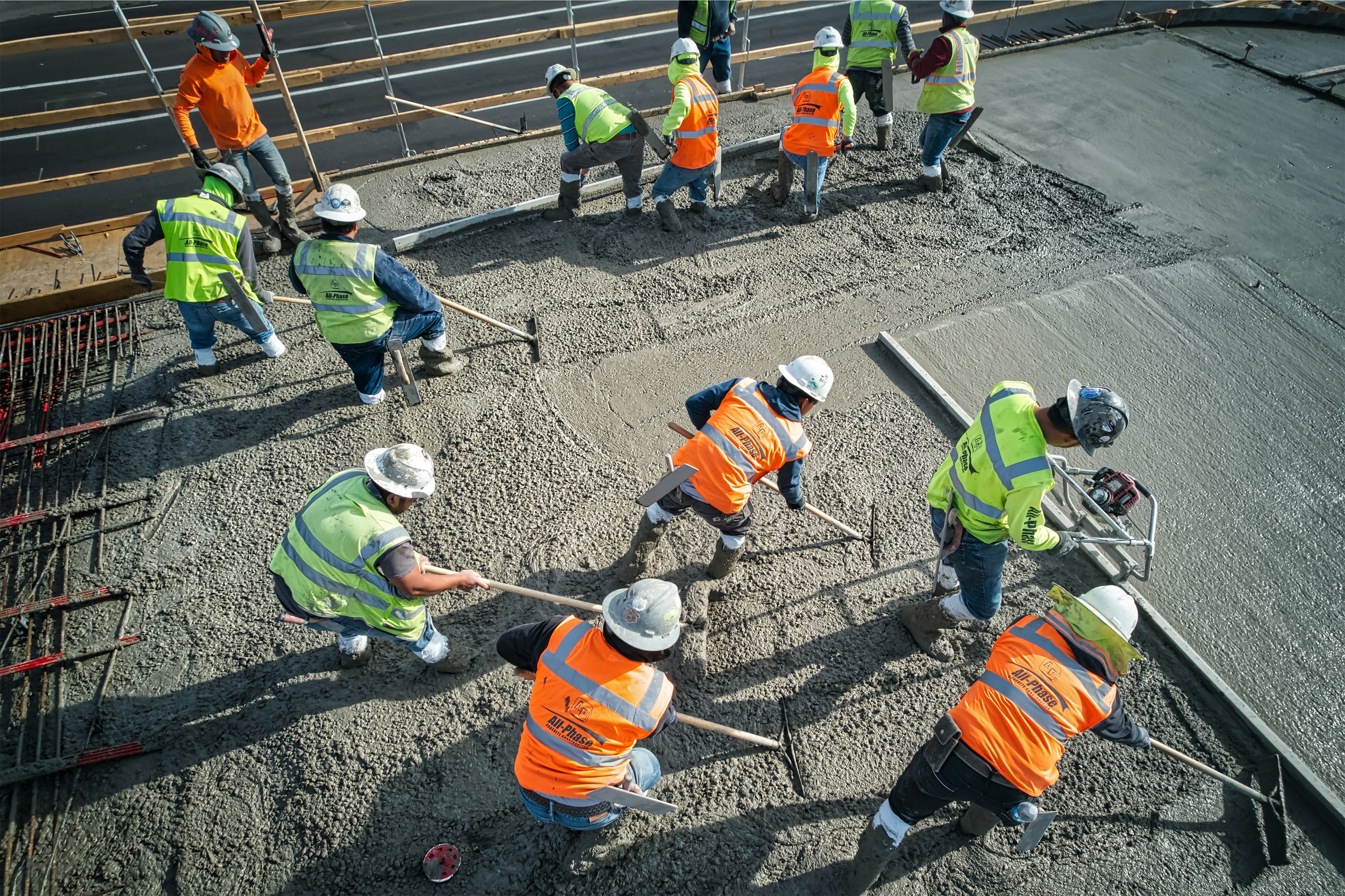
While construction leaders claim critical labor shortage, union representatives provide a different perspective: skilled workers exist abundantly, but steady quality employment opportunities do not. According to a November 6, 2025 Construction Dive opinion, the persistent labor shortage rhetoric masks deeper structural problems.
Iron Workers Local 5, representing 60,000 workers across Washington D.C., Maryland, and Virginia, operates one of the nation's largest apprenticeship programs. The union receives approximately 290 applications annually, with more than half qualified and ready immediately.
Yet most wait an average of 11 months for opportunities. This is not a worker shortage—it is a project shortage.
Iron Workers unions nationwide operate more than 130 registered apprenticeship programs, collectively training over 20,000 apprentices annually through paid hands-on instruction. These apprentices receive wages and nationally recognized credentials eliminating student debt concerns common in traditional education.
Beyond formal apprenticeships, Local 5 receives approximately 100 additional applications annually through word-of-mouth networking—without formal marketing campaigns.
Iron Workers Local 5 Business Manager Gary Armstrong Jr. emphasizes: "In nearly three years, our organizers have not once delayed a project for lack of qualified ironworkers. Whether commercial development, bridge rehabilitation, or infrastructure expansion, we consistently provide trained, safety-focused professionals."
Real data supports this assessment. Project availability, not worker availability, is the constraint.
Construction wage structures show labor shortage claims relate to working conditions rather than worker availability:
When contractors access cheaper undocumented labor, they reduce demand for unionized workers—creating apparent shortages at higher wage tiers. The shortage is really a cost management strategy.
Union representation in construction collapsed from nearly 40% in 1973 to just over 10% today. This decline correlates with real wage stagnation and deteriorating working conditions—precisely the factors discouraging new workers from entering trades.
Mark Erlich, fellow at Harvard Law School's Center for Labor and a Just Economy, notes real wage stagnation in construction reflects decades of weak worker protections, not true labor shortages.
Solving construction workforce challenges requires:
When developers partner with union contractors, they access reliable, fully trained workforce—ready to mobilize without delay. Union apprenticeship programs have proven they deliver skilled workers consistently. The talent, training, and capacity exist. The jobs must follow.
Sources: Iron Workers Local 5 (Nov 2025), Construction Dive (Nov 6 2025), Associated Builders and Contractors (2025), Harvard Law School Center for Labor and Just Economy (2025).
Syracuse Housing Authority finances Phase 2 of East Adams redevelopment. $100M+ project creates 125 senior affordable apartments on remediated brownfield. Vertical construction begins early 2026.
Governor Hochul awards $10M from East Side Building Fund to 35 Buffalo commercial and mixed-use projects. Funding supports facade renovations, adaptive reuse, and new mixed-use development across East Side priority corridors.
Rochester launches $60M convention center renovation. Downtown Joseph A. Floreano Riverside Convention Center undergoes comprehensive modernization including interior systems, lighting, HVAC, and equipment. Construction phases planned 2029-2033.